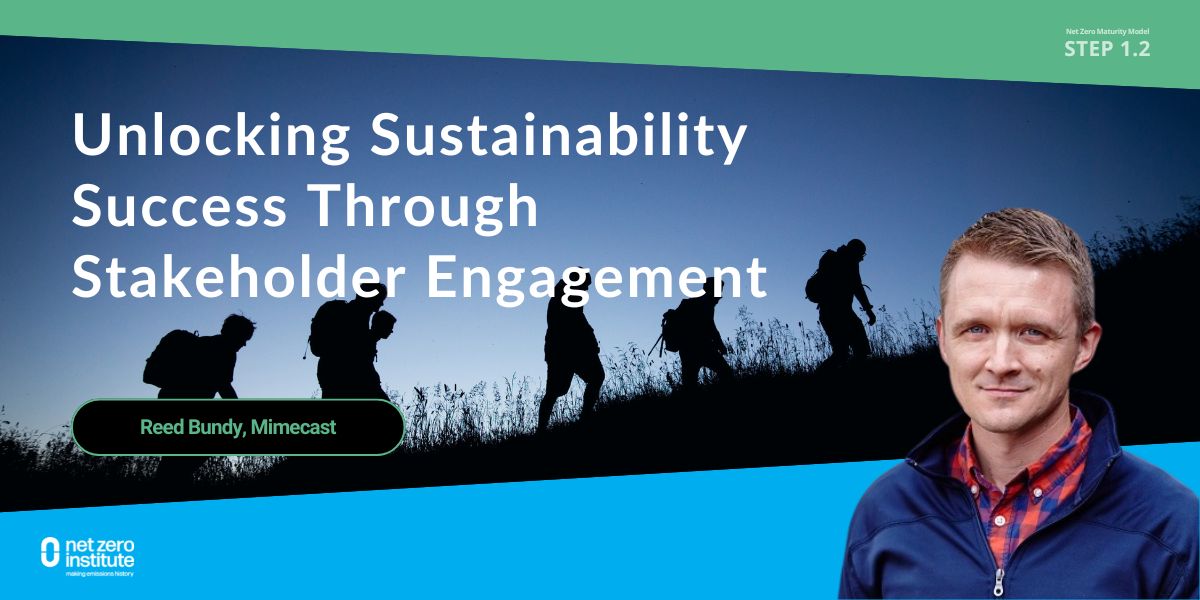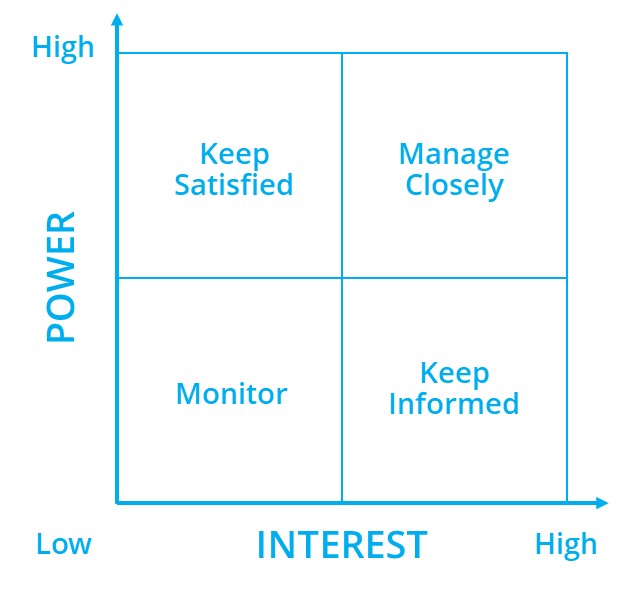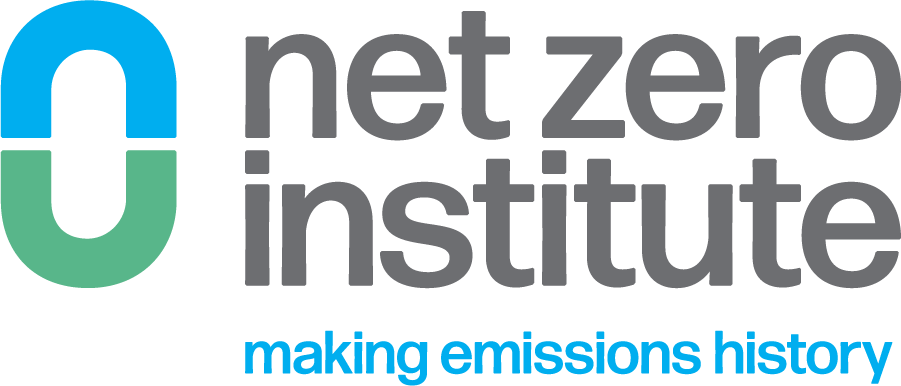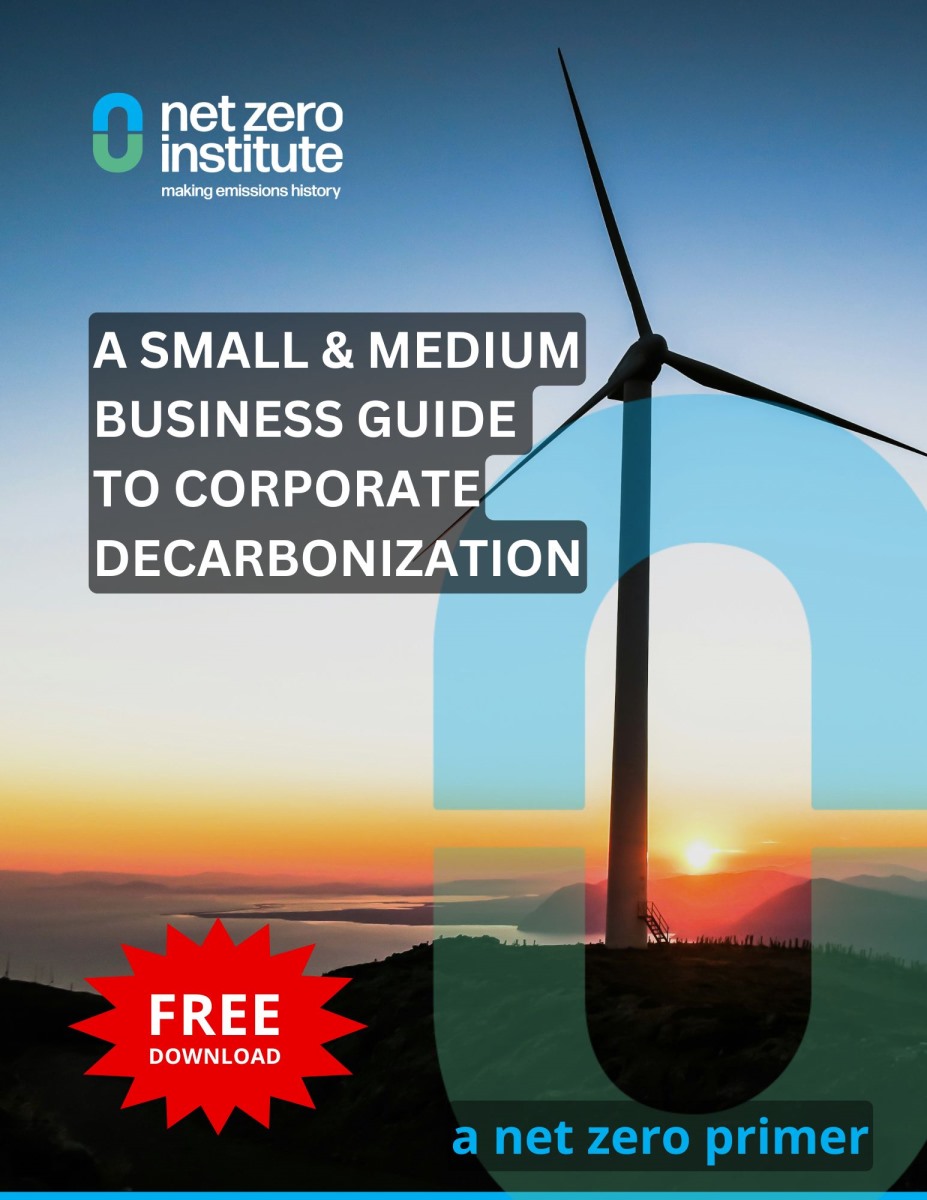Unlocking Sustainability Success Through Stakeholder Engagement

In today's business landscape, corporate sustainability is no longer optional – it's essential. But implementing successful sustainability initiatives isn't just about setting ambitious targets or investing in new technologies. One of the most critical, yet often overlooked, factors is effective stakeholder engagement.
Who Are My Stakeholders?
Stakeholders are any individuals or groups impacted by, or influential to, your sustainability efforts. From employees and investors to customers, suppliers, and local communities, each company’s stakeholders can vary widely.
Benefits of Engagement
By actively involving these diverse perspectives in your sustainability journey, you can unlock meaningful benefits that impact your people, your business and the planet:
- Enhanced Trust and Credibility: Transparent engagement builds trust with stakeholders, enhancing your reputation and social license to operate.
- Improved Decision-Making: Diverse stakeholder input leads to more robust, well-rounded strategies that consider multiple perspectives.
- Increased Innovation: Collaboration with stakeholders can spark creative solutions to sustainability challenges.
- Stronger Buy-In and Support: When stakeholders feel heard and involved, they're more likely to support and champion your initiatives.
- Better Risk Management: Engaging stakeholders helps identify potential issues early, allowing for proactive mitigation.
Effective Engagement Strategies
So, how can you master the art of stakeholder engagement for sustainability success? Here are five key steps to consider:
 Comprehensive Mapping: Start by identifying all relevant stakeholders. Use tools like the power-interest matrix to prioritize and categorize them based on their level of influence and interest in your initiatives.
Comprehensive Mapping: Start by identifying all relevant stakeholders. Use tools like the power-interest matrix to prioritize and categorize them based on their level of influence and interest in your initiatives.- Tailored Communication: Develop targeted engagement strategies for each stakeholder group. High-priority stakeholders may require frequent, in-depth communication, while others might need only periodic updates.
At Mimecast, for example, our breadth of stakeholders requires bespoke strategies and messages. While assets such as our annual ESG (Environmental, Social and Governance) Report may communicate our commitment broadly, we supplement that message with more individualized engagements - whether it be with a large customer, a key partner, or our employees. - Integration Across the Organization: Sustainability shouldn't be siloed. Involve stakeholders from all levels and functions of your organization, ensuring middle management plays a key role in implementation.
Taking Mimecast again as an example, our ESG Council is made up of leaders from groups such as HR, legal, facilities and is tasked with ensuring broad engagement across all functions and levels to solidify our commitment to sustainability. - Regular Reassessment: Stakeholder landscapes evolve, and require organizations to be especially nimble amidst a constantly shifting political and economic landscape. Continuously re-evaluate your engagement approach and be willing to adapt as needed.
- Measure and Improve: Establish metrics to track the success of your engagement efforts and use this data to drive continuous improvement.
Remember, effective stakeholder engagement is an ongoing journey, not a one-time exercise. By making it a core part of your sustainability strategy, you'll be better positioned to navigate challenges, seize opportunities, and drive meaningful, lasting impact.
Leveraging Artificial Intelligence (AI)
Emerging trends are shaping the future of stakeholder engagement. Companies are increasingly using AI and data analytics to gather and analyze stakeholder feedback at scale. For instance, Microsoft uses AI to process thousands of stakeholder comments on its sustainability reports, identifying key themes and concerns.
Here at Mimecast, we're actively leveraging AI to better understand the needs and opportunities of our customers, employees, and partners. Simply put, companies that overlook AI risk missing deep insights into what motivates their stakeholders from a business and sustainability perspective.
Stakeholder Engagement Core to ESG Commitment
Beyond sustainability, a broader ESG (Environmental, Social, Governance) commitment must be centered around a robust stakeholder engagement strategy. As investors increasingly consider ESG factors, companies are finding that meaningful and transparent stakeholder engagement is key to strong ESG performance.
Furthermore, effective stakeholder engagement can enhance efforts to conduct materiality assessments that will fuel and inform your sustainability strategy, while also helping to identify key metrics to perform against.
Ready to harness the power of stakeholder engagement? Begin by mapping your key stakeholders today, and take your first step toward a more collaborative and impactful sustainability journey.
 Reed Bundy, VP of ESG & Employee Experience at Mimecast, is an advisor to the Net Zero Institute. This blog touches on key aspects of engaging key stakeholders, which we explore in greater detail through our exclusive member resources. From Insight Briefs that break down complex issues to on-demand workshops and other resources, we provide the tools and guidance to help you navigate every step of your journey. To access these resources and join a network of leaders committed to a net-zero future, we invite you to become a member today.
Reed Bundy, VP of ESG & Employee Experience at Mimecast, is an advisor to the Net Zero Institute. This blog touches on key aspects of engaging key stakeholders, which we explore in greater detail through our exclusive member resources. From Insight Briefs that break down complex issues to on-demand workshops and other resources, we provide the tools and guidance to help you navigate every step of your journey. To access these resources and join a network of leaders committed to a net-zero future, we invite you to become a member today.
